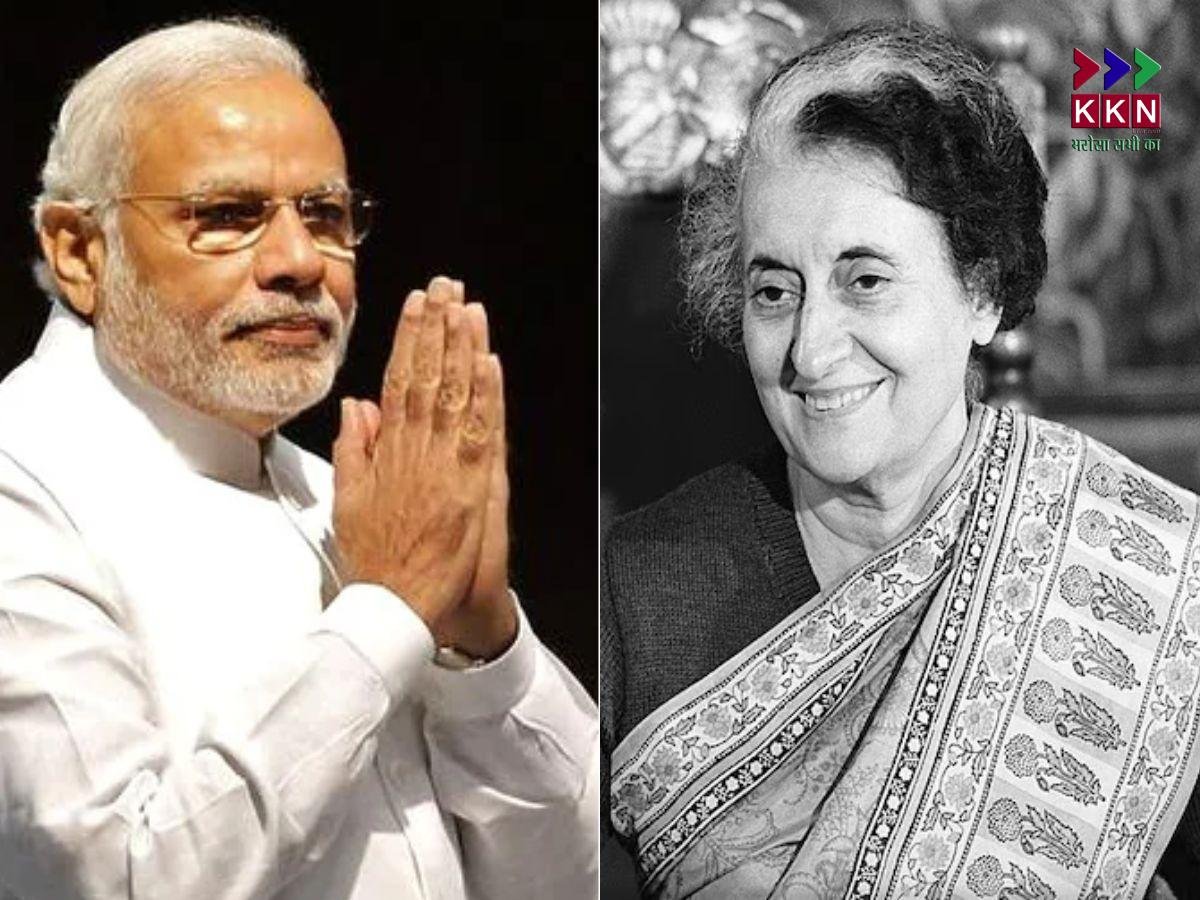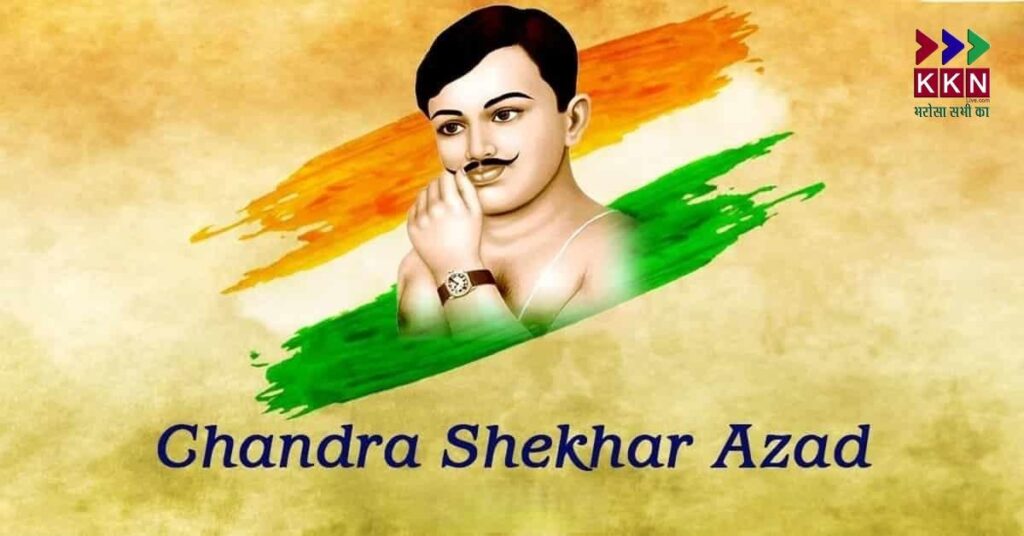
On July 25, 2025, Prime Minister Narendra Modi achieved a significant milestone by surpassing the tenure of former Prime Minister Indira Gandhi. With his tenure reaching 4,078 days, Modi became the second longest-serving Prime Minister of India, surpassing Gandhi’s term, which lasted from January 24, 1966, to March 24, 1977, a total of 4,077 days. Now, only Jawaharlal Nehru, India’s first Prime Minister, remains ahead of Modi in terms of total duration in office.
Historical Context of Modi’s Tenure
Narendra Modi’s political journey is not just marked by the tenure as the Prime Minister of India but also by his long-standing leadership role in the state of Gujarat. Modi served as the Chief Minister of Gujarat for four consecutive terms, leading the state from 2001 to 2014. This uninterrupted tenure as the Chief Minister, followed by his current run as the Prime Minister, adds up to a remarkable 24 years of consistent governance.
What makes this achievement even more unique is the fact that Narendra Modi is the first person born after India’s independence to hold the office of Prime Minister. His rise to the nation’s highest political position is a significant chapter in India’s democratic history.
Modi’s Record-Breaking Achievements
Modi’s long tenure as Prime Minister has made him a dominant figure in Indian politics. Here are some of his significant accomplishments and records:
India’s Longest Serving Non-Congress Prime Minister:
Narendra Modi has now become the longest-serving non-Congress Prime Minister in India’s history. Before him, the record was held by Atal Bihari Vajpayee, who served as Prime Minister for a substantial period, though his tenure was shorter than Modi’s. This is a significant achievement, as the Congress Party has historically dominated Indian politics.First Non-Hindi Speaking Prime Minister with Such a Long Tenure:
Modi is also the first Prime Minister from a non-Hindi speaking state (Gujarat) to have served such a long tenure. His extended tenure challenges the long-standing political dominance of Hindi-speaking leaders in the country’s top political offices.Longest-Serving Leader in Elected Government:
If we also consider Modi’s tenure as Chief Minister of Gujarat, he becomes the longest-serving leader of any elected government in India. His leadership spans over two decades, with continued success in both state and national politics.First Non-Congress PM to Complete Two Consecutive Terms:
Modi also holds the distinction of being the first non-Congress Prime Minister to serve two consecutive terms. This achievement further cements his place in India’s political history.The First Non-Congress PM to Win Majority on His Own:
He made history by leading his party, the Bharatiya Janata Party (BJP), to a historic victory in the 2014 Lok Sabha elections. Not only did he lead the BJP to an impressive majority, but he also did so without the support of any coalition partners. He repeated this feat in the 2019 elections, securing another massive mandate.Modi: A Leader with Three Consecutive Terms:
After Indira Gandhi’s tenure, Modi became the second Prime Minister in India’s history to secure a third consecutive term. This is a remarkable feat, particularly given the political turbulence that India has witnessed over the years.Modi’s Record in Elections:
Modi is the first leader in India’s history to have won six consecutive elections. He secured victories in Gujarat Assembly Elections in 2002, 2007, and 2012, followed by Lok Sabha elections in 2014, 2019, and most recently in 2024. His ability to win elections consistently is a testament to his political acumen and the popularity he enjoys among voters.
Narendra Modi’s Impact on India’s Political Landscape
Modi’s leadership has significantly shaped India’s political landscape over the last two decades. His ability to maintain a stronghold on Indian politics, both at the state and national levels, has made him a unique figure. His tenure has also been marked by several notable achievements, including the implementation of the Goods and Services Tax (GST), the Make in India initiative, the Swachh Bharat Abhiyan, and major foreign policy breakthroughs.
Under his leadership, the BJP has also managed to secure a dominant position in Indian politics, overcoming challenges from traditional parties like the Congress and regional political groups. His leadership style, often characterized as decisive and bold, has resonated with a large section of India’s population, propelling him to his current position.
Modi’s Unique Political Journey
Modi’s rise to power is not just about his tenure; it is about the path he has traveled. Starting as a pracharak (campaigner) for the Rashtriya Swayamsevak Sangh (RSS), Modi worked his way up through the political ranks, eventually becoming the Chief Minister of Gujarat. His time in Gujarat, especially after the 2002 riots, was marked by controversy, but it also showcased his ability to maintain political control.
As Prime Minister, Modi’s governance has been marked by ambitious reforms and policies aimed at transforming India into a global power. His focus on economic growth, infrastructure development, and national security has been a defining characteristic of his leadership. Modi’s emphasis on digital India, financial inclusion, and renewable energy has resonated with younger generations and the business community.
Modi’s Global Influence
Prime Minister Modi’s influence extends beyond India’s borders. He has played a significant role in shaping India’s foreign policy and enhancing its global stature. From enhanced ties with the United States to stronger relations with neighboring countries like Bangladesh, Modi has worked towards making India a key player on the global stage.
His leadership during the COVID-19 pandemic was a defining moment, as he managed India’s response and coordinated efforts for vaccine production and distribution. His “Atmanirbhar Bharat” (self-reliant India) initiative has been a crucial part of his vision for India’s future, focusing on reducing dependence on foreign goods and promoting indigenous industries.
Challenges and Criticisms
While Modi’s tenure has been marked by significant achievements, it has also faced its share of challenges and criticisms. From the farmers’ protests against the farm laws to concerns about religious intolerance and economic inequality, Modi’s leadership has faced scrutiny from various quarters. However, despite these challenges, Modi has maintained a strong grip on power and continues to be one of the most influential leaders in India’s modern history.
Narendra Modi’s political career is one of the most remarkable in India’s post-independence history. As the second-longest-serving Prime Minister, he has set numerous records and continues to lead India with a vision of economic prosperity, global prominence, and social transformation. His ability to connect with the masses and consistently win elections has solidified his position as a formidable force in Indian politics.
With his leadership, India has taken significant strides in various sectors, and Modi’s vision for a self-reliant India is shaping the future of the nation. As he continues to serve as Prime Minister, his political journey will undoubtedly leave a lasting impact on the country’s history.


